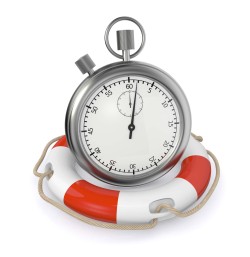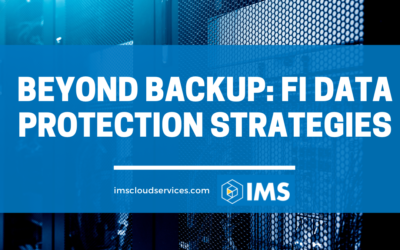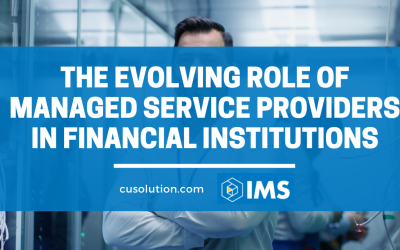Component Three: RTO’s and RPO’s
What are RTO’s and RPO’s you ask? RTO stands for Recovery Time Objective, which defines the acceptable amount of time you are willing to be down. Since there are so many moving parts in a recovery, this is very granular. Each and every component will need to have a defined RTO.
RPO stands for Recovery Point Objective. In a nutshell, this is the amount of data you are willing to lose, if any. For example, if a server crashes in the middle of a business day, are you ok with recovering to last night and losing everything that has occurred since, or do you need recovery to the point at which you went down?
RTO’s & RPO’s are as important as any other component for a successful recovery. In fact, it is a key tool in measuring success. Let’s say you perform an annual disaster recovery test. At the end of day two, you are finally able to get your core system up and operational and although the system is recovered, it is from the prior night. To break this down, it took 48 hours to recover your core system and you have lost all of the transactions that occurred leading up to the simulated disaster. Furthermore, if this was an actual disaster, you would have had to play catch-up for the two days you lost. Does this constitute a successful recovery? Can you sleep comfortably at night with these results? No, of course you can’t. By defining RPO’s and RTO’s you can effectively measure success while testing. If you are unable to meet the objectives, you can then reassess and incorporate changes where needed. An example would be replacing recovery via backup with real-time replication to increase your RPO and RTO.
Whether you choose to staff up, invest in additional hardware, software, communications etc., and be responsible for your own recovery, or outsource to a service provider, defining the RTO’s & RPO’s is going to help you determine the actual cost. The more aggressive you get with RTO’s & RPO’s the more you can expect to pay. However, it is a must to define your objectives before you can truly determine if this is something you can afford to do on your own or if outsourcing makes most sense. Please check back with us next week when we cover “Component Four: Cost Analysis”.



